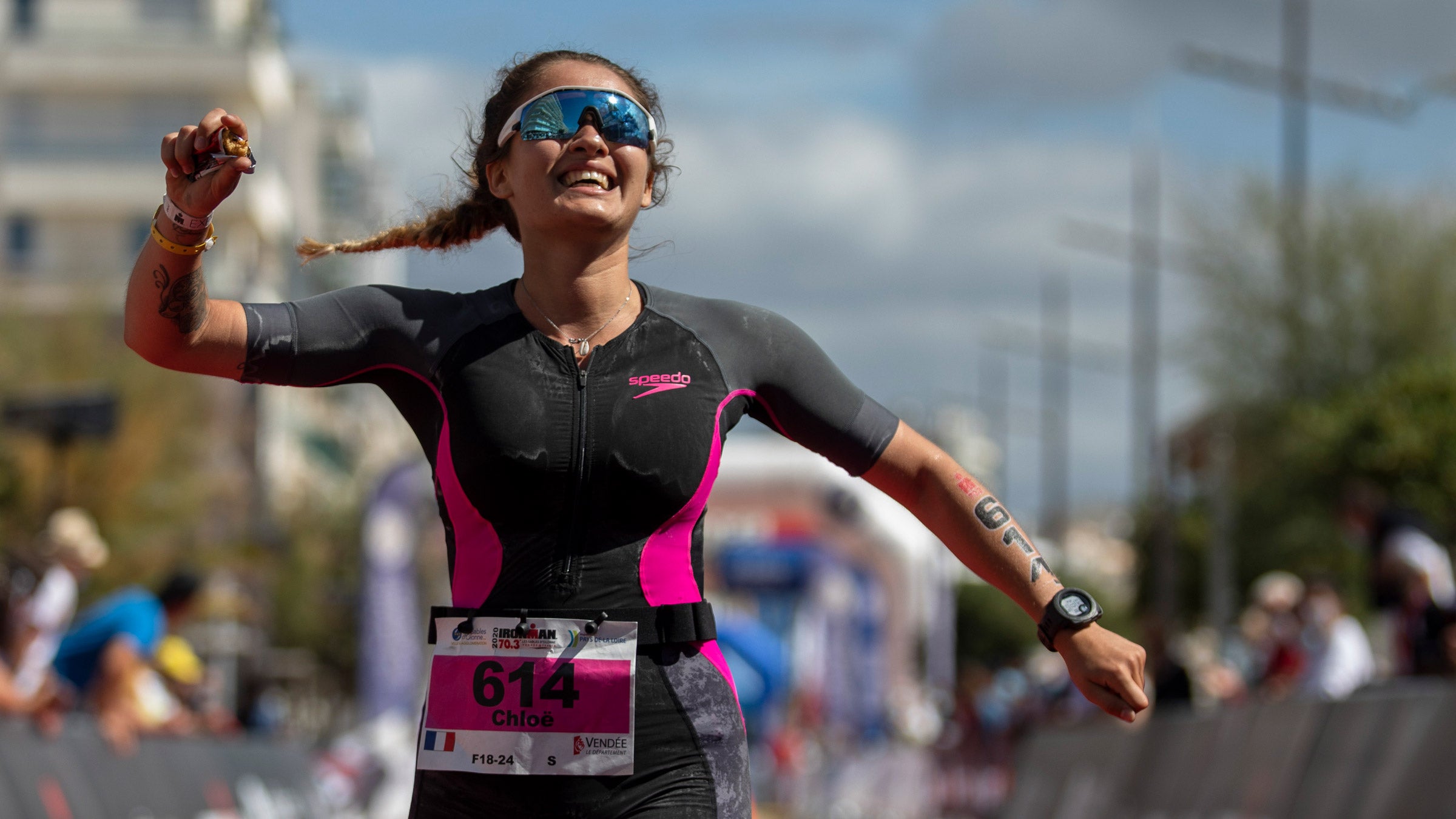Dear Coach: When Can I Expect a Breakthrough Performance?

(Photo: Pablo Blazquez Dominguez )
Breakthrough performances are undeniably some of the most exhilarating experiences – both for the athlete who executed it, as well as the many people who witness it, whether that’s on TV or in real time. It usually comes from a physical performance that was not predicted, and it makes for moments that we talk about for years to come.
It is understandable, then, for any athlete to want to have this breakthrough moment for themselves and to want to know if they are on the cusp of experiencing a higher level of performance. The truth is, though, that there is no clear path to a breakthrough performance, and there is no formula that helps us predict an exact timeframe for when this will happen. However, there are many things an athlete – of any age or ability – can do to greatly help their chances of making a breakthrough moment possible during their athletic career.
A breakthrough performance is like boiling water
The temperature at which water boils is approximately 100 degrees C (212 degrees F). However, water will not boil without heating up first. Breakthrough performances can be thought of in much the same way, in which exceptional performance can only result after many previous pieces of training build up the potential required to unleash a major change.
To eventually have an observable improvement in performance, the work that is put in needs to last long enough to break through the plateaus that will occur during training. This is where the “rubber meets the road” and where most athletes fall short. After experiencing a plateau, athletes often make a few small changes in their routine and expect instant results. If they don’t see an obvious change, they decide to stop and let the work fall by the wayside. When performances reach a static period for a while, it doesn’t mean that the work being put in isn’t having an effect. Like the water that is gradually warming up to finally boil, the athlete is gradually developing toward a potential breakthrough.
Day-in, day-out training will help the most. But some athletes find they can jump-start the process with a dedicated training focus on one element of their training. Some examples of such training blocks include:
- Single-Sport Focus: 4-Week Swim Training Plan for Triathletes
- How to Pull off a Mid-Season, Single-Sport Focused Training Block
- A Three-Week Base Training Plan to Jumpstart Your Tri Season
- Single-Sport Focus: 4-Week Bike Training Plan for Triathletes
- 12-Week Marathon Training Plan for Triathletes
- Why You Need These Single-Sport Plans to Supercharge Your Training
- Single-Sport Focus: 4-Week Run Training Plan for Triathletes
- Multisport Mobility Bootcamp
Patience in the process
Humans generally suffer from what behavioral scientists call the commission bias, which means if we don’t see immediate results, we get impatient and feel a strong urge to do something else, to try to expedite the results we want. From an athlete’s perspective, this often comes in the form of switching coaches often, changing training programs, or purchasing the latest technology hack to gain an advantage quickly. Constant change in the process means you are starting over, and your pot of water will never boil if you continue to take it off the heat for a bit.
It’s worth repeating that if an athlete is following a plan or working with a coach where there is evidence of effectiveness or improvement (even if those gains are small) and there hasn’t been a pattern of illness or injury, it’s often the best decision to go against the urge to change. Simply put, be patient in the process, realizing that what feels like a plateau of performance is just a temporary delay in the slow march toward progress. The magic happens when the athlete continues to put in the work.